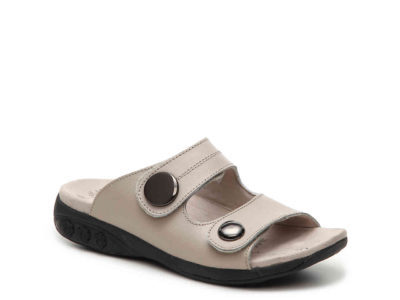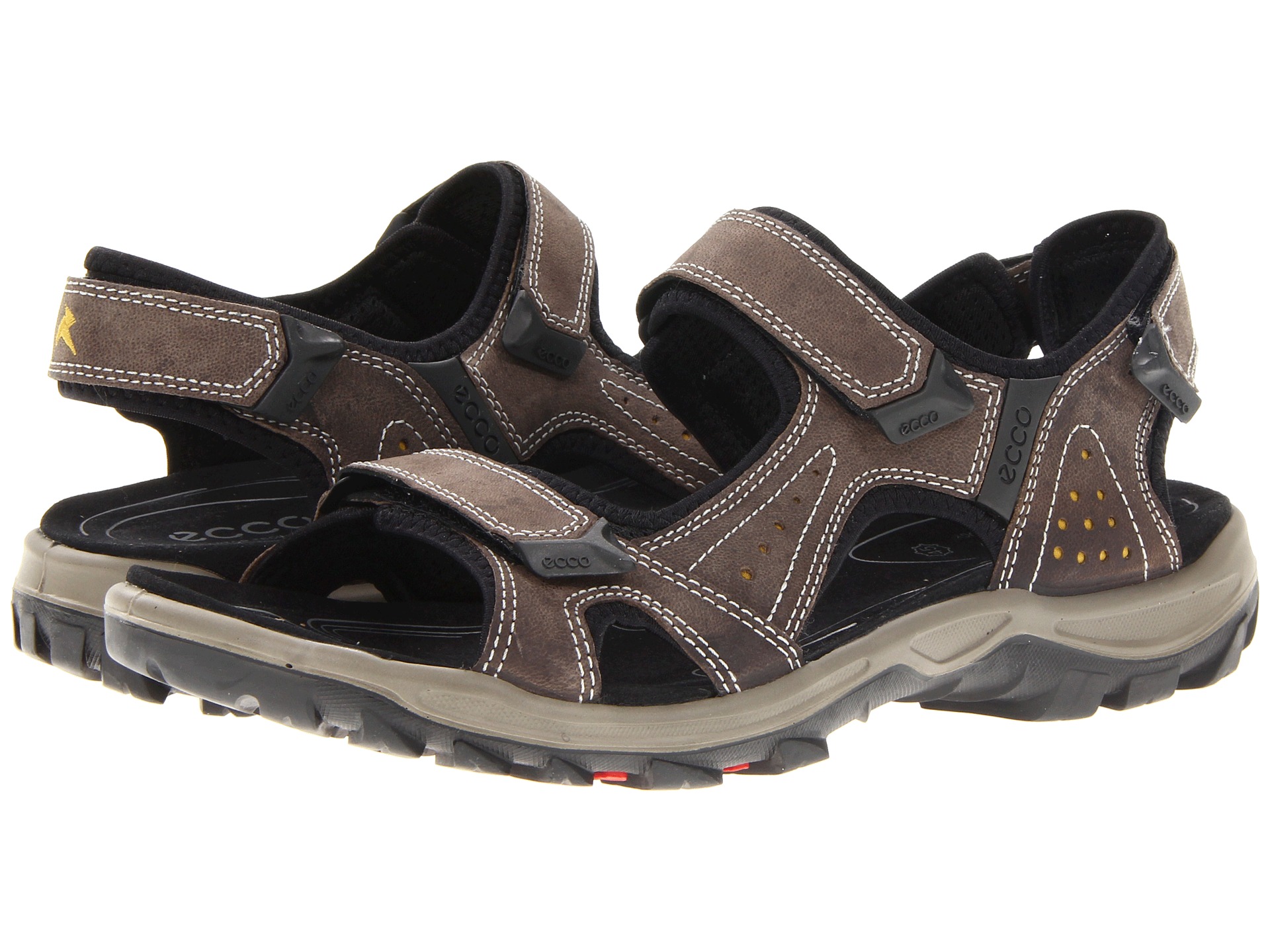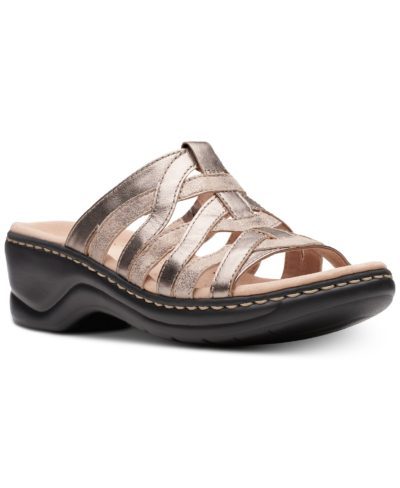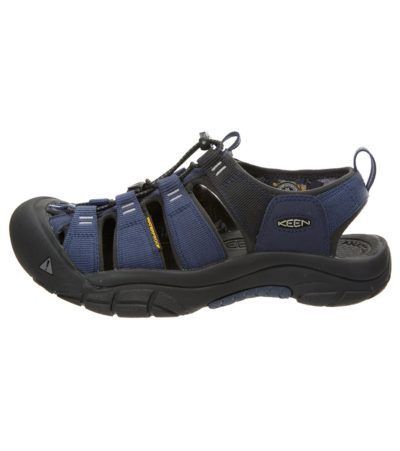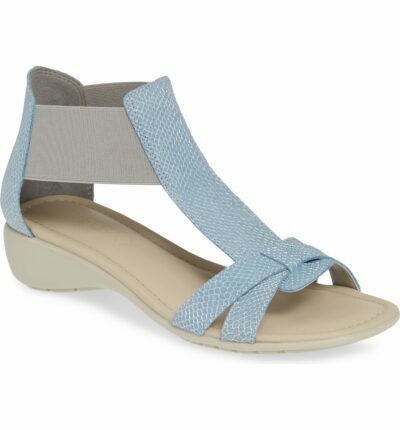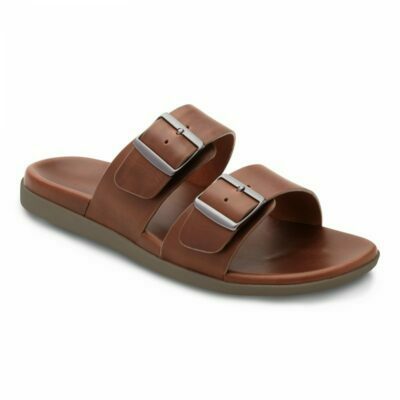Summer is almost here and your feet have been tortured long enough in closed shoes. It’s time to exchange the confining footwear for sandals that are freeing and comfy.
Medical experts agree that wearing certain types of sandals can improve foot health. The shoes are cool, light, and easy to get on and off especially for older adults. Word to the wise, those folks who suffer from plantar fasciitis (heel pain), achilles tendinitis (connects calf muscles at the back of lower leg to heel bone), shin splints (pain in the front of lower leg), or other foot conditions should steer clear of sandals and flip-flops because they are not the best footwear for you. However, if you have pain-free feet and lower legs, then by all means feel free to strut in a pair of comfy sandals.
Flip-Flops offer no arch support, heel cushioning, or shock absorption, according to the American Podiatric Medical Association (APMA). Wearers can suffer foot pain due to lack of arch support, tendinitis, and even sprained ankles if they tripIf you must opt for a flip-flop, look for a pair that does not roll up and has a bit of an arch. But according to Sarah Dickey, president-elect of the Illinois Podiatric Medical Association and a podiatrist at Loyola University Health System, “Flip-flops provide zero structural support or protection for your feet.”
Wedge sandals offer a stiff sole that does not bend and this causes your Achilles tendons to shorten. So you might feel good all day sporting a wedge but at night you’ll pay a price because the foot will stretch back to its normal length and thereby cause pain. Wedges are considered ankle sprains waiting to happen because they offer no side support. If you must wear a wedge sandal, opt for a style that has no more than a 2-inch tall wedge. Here’s an important tip, consider stretching your feet after wearing wedges to avoid the discomfort later.
Clunky crocs are pretty popular but they can bring on quite a few foot issues because they offer no arch support, heel cushioning, or shock absorption, according to the APMA. Many podiatrists agree that crocs should not be worn all day or on long walks. Crocs do not adequately secure the heel. When the heel is not stable, toes will automatically grip and this can also lead to tendinitis, the worsening of toe deformities, nail problems, corns and calluses.
High heels that are taller than three-inches will change your body’s alignment and this stresses the legs, hips and back. Heels will also cause discomfort on the balls of your feet, so calluses are sure to form. Wearing heels constantly causes the Achilles tendon to tighten and shorten, which can actually make wearing flat shoes a painful experience.
The bottom line, if your sandals hurt your feet, kick them to the curb! Be smart about your sandal selection and don’t feel you have to go with the fads. At this stage of the game, we need to feel foot comfort. So wearing the latest fad in shoe wear is not worth the health risk of permanent foot deformities with accompanying knee or hip pain.
Check out our sensible sandal selections below…
